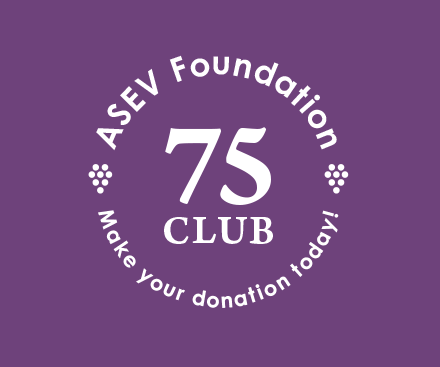Abstract
The effect of 60% shading and nitrogen (N) source on growth, tissue NH4+ and NO3- concentrations, and inflorescence necrosis (IN) was investigated in one- and two-year-old potted Pinot noir grapevines. New growth of the vines was significantly reduced by shading and NH4+ feeding resulted in less new growth compared to NO3- feeding. The shaded two-year-old vines developed 26.6% IN compared to only 0.6% on unshaded vines. No IN was induced by either NH4+ or NO3- feeding treatments. Shading increased tissue NH4+ concentration in most tissues of one-year-old vines with few exceptions and in laminas, petioles, and rachis of two-year-old vines. Two-year-old vines fed NH4+ and/or NO3- had a higher rachis, petiole, stem, and young root NH4+ concentration at post-anthesis, compared to the no N control. The NH4+-fed vines had a higher NH4+ concentration than that of NO3##-fed vines only in stems at post-anthesis and young roots pre-anthesis, anthesis, and post-anthesis. Tissue NO3- concentration of laminas, petioles, stems, and young roots was proportional to the amount of NO3--fed to the vines in the root medium. Elevated tissue NH4+ concentration in the rachis of shaded vines and increased incidence of IN suggest that IN is associated with elevated tissue NH4+ levels. NH4+ and/or NO3- in culture media is not a source of elevated NH4+ level for IN development.
- shading
- nitrogen forms
- ammonium
- nitrate
- growth
- inflorescence necrosis
- early bunch stem necrosis
- Vitis vinifera
- Received August 1995.
- Copyright 1996 by the American Society for Enology and Viticulture
Sign in for ASEV members
ASEV Members, please sign in at ASEV to access the journal online.
Sign in for Institutional and Non-member Subscribers
Log in using your username and password
Pay Per Article - You may access this article (from the computer you are currently using) for 2 day for US$10.00
Regain Access - You can regain access to a recent Pay per Article purchase if your access period has not yet expired.









